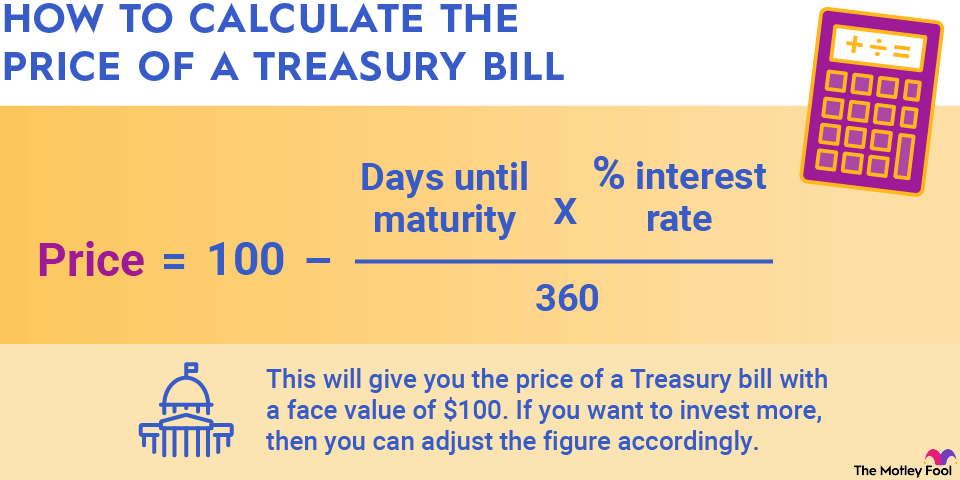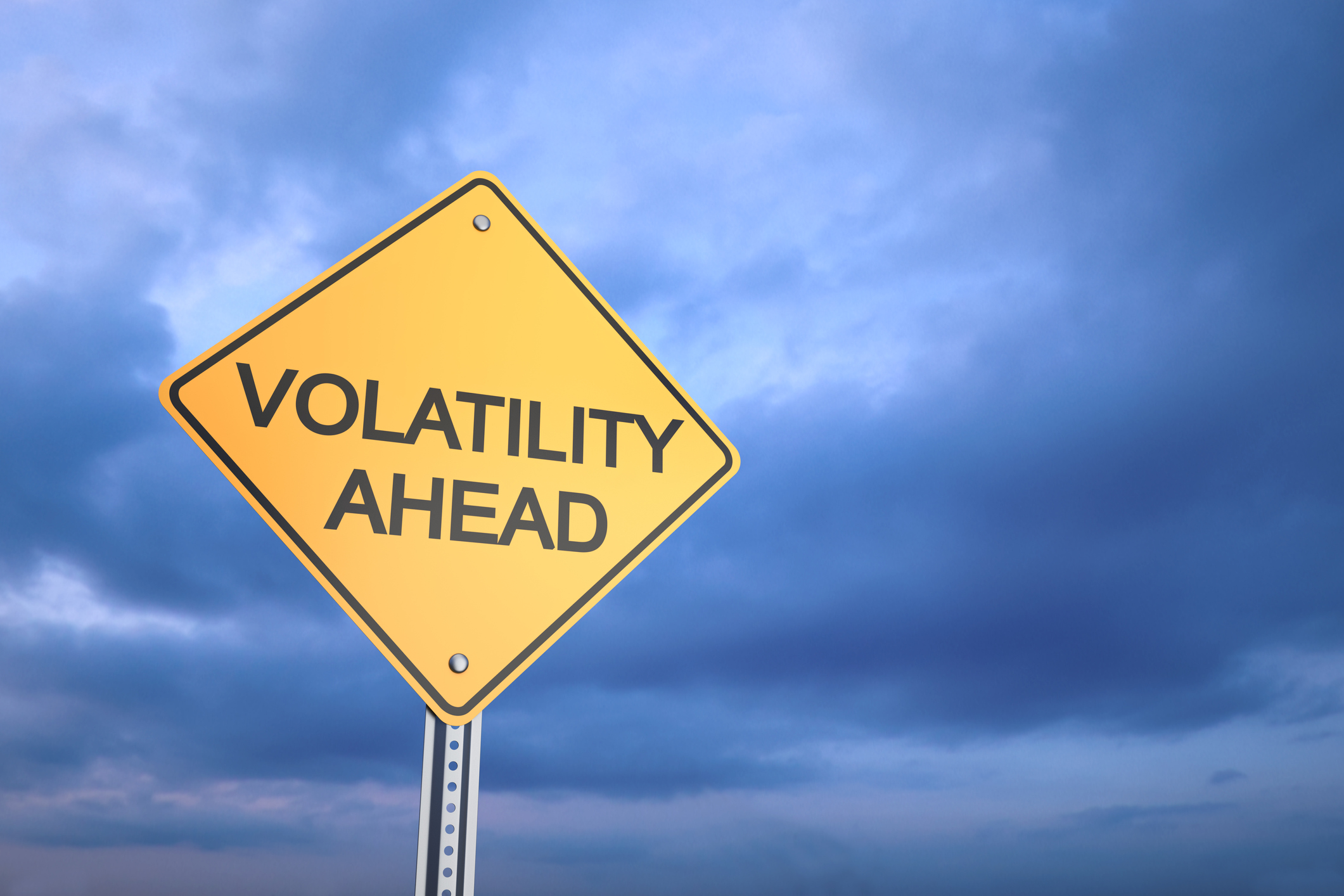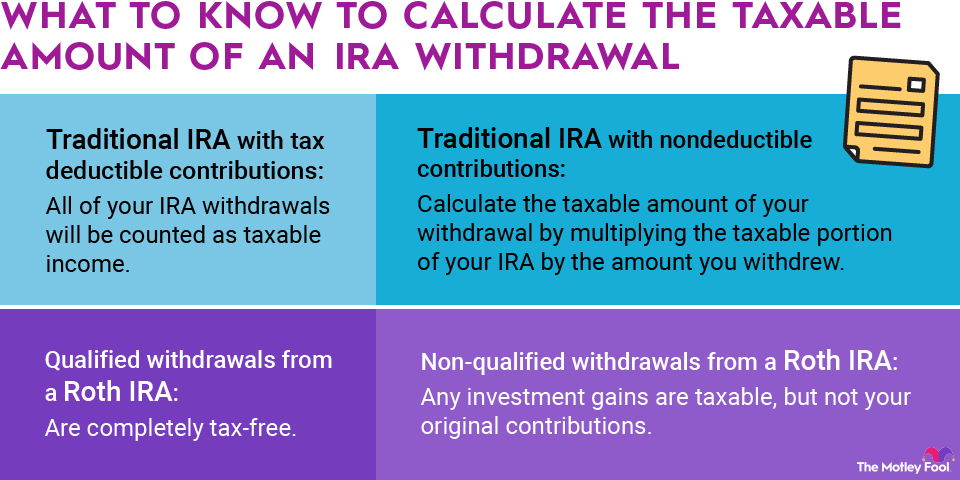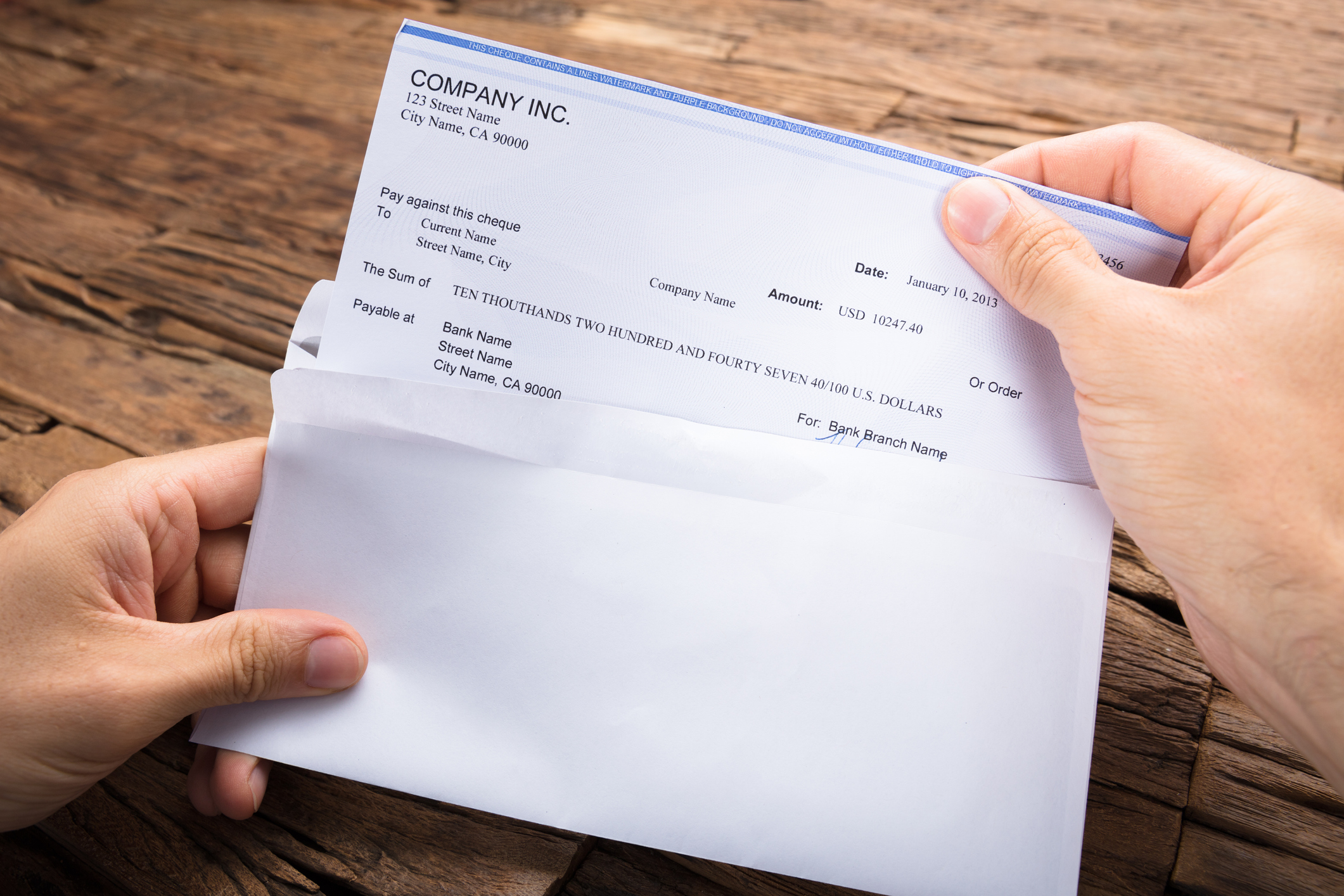Corporations have a certain number of authorized shares of common or preferred stock. However, just because a corporation is authorized to issue stock doesn't mean that it has to issue all of those shares. Most of the time, corporations will tell investors how many shares of stock they've issued, but sometimes, it's helpful to be able to calculate those numbers on your own. Below, you'll find some tips on a couple of different calculation methods to determine the number of shares of stock a company has.
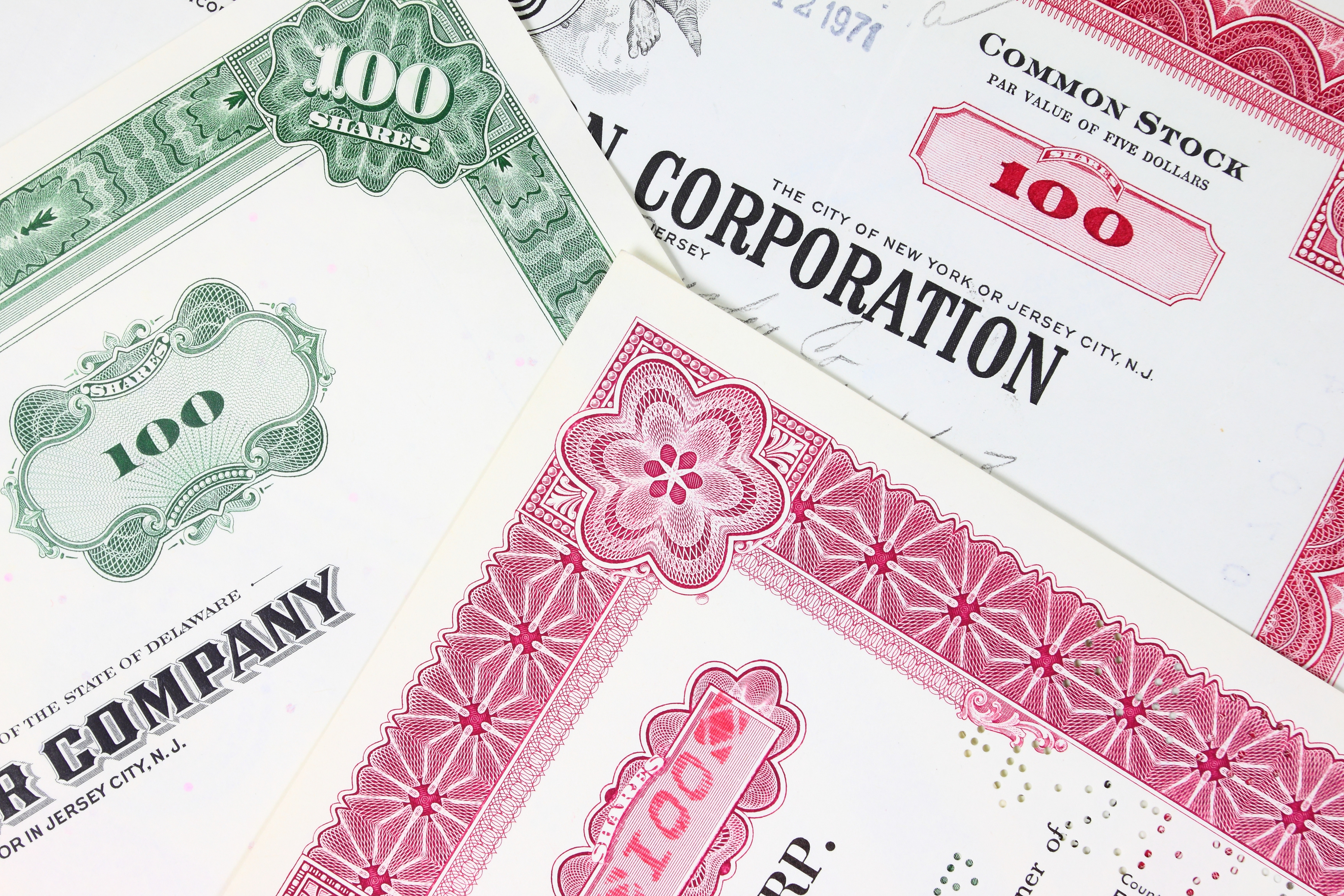
The market capitalization method
One simple calculation for the number of shares in a firm comes from readily available information on a stock's market capitalization. If you know the market cap of a company and its share price, then figuring out the number of outstanding shares is easy. Just take the market capitalization figure and divide it by the share price. The result is the number of shares on which the market capitalization number was based.
The downside of the market capitalization method is that the market cap generally includes only the outstanding shares of a company. It will, therefore, miss shares that have been issued but are not outstanding, such as treasury stock. Fortunately, there are other ways to discover the entire stock picture of a corporation.
The balance sheet method
Another place to get information on issued shares is the balance sheet. In particular, when a company issues stock that has a par value, the balance sheet will typically have numbers you can use to calculate issued shares.
In particular, the common stock line of the balance sheet will typically have a number that equals the par value of each share multiplied by the number of shares issued. Therefore, if you have the balance sheet entry and the par value, you can calculate the issued share count. In some cases, there will be a separate line item on the balance sheet for treasury stock, and a similar calculation can tell you the number of shares issued but not outstanding. Add in outstanding shares, and you have the total share count.
For the most part, there's no need to calculate the number of shares a firm has because the firm itself will disclose the number itself. However, there are still some ways you can figure out share counts as an exercise to confirm your understanding of how the company is capitalized.




